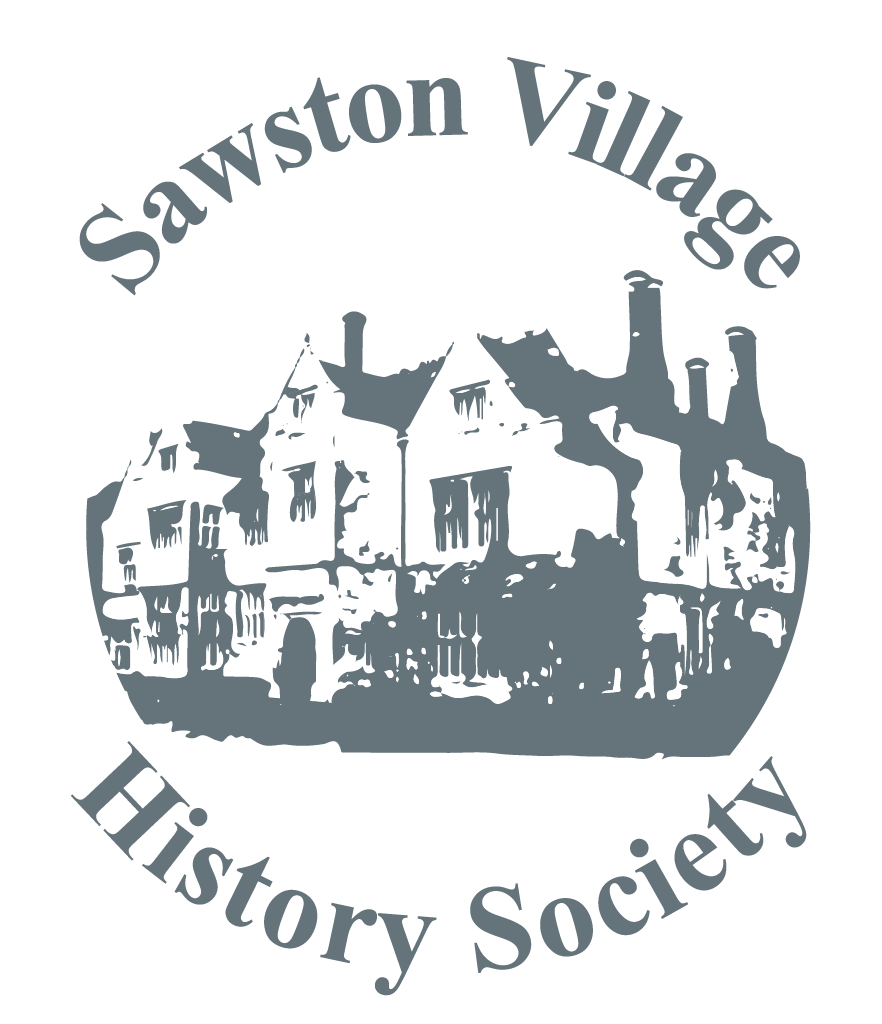
Although today we think of William Morris as a textile designer, Fiona Rose pointed out that during his lifetime he was known as a poet, novelist, translator, medievalist, and one of the founders of the socialist movement at least as much as a textile and wallpaper designer and manufacturer.
He was born in 1834 in Walthamstow, one of ten children of a wealthy middle-class family. He was sent to school at Marlborough College, which he disliked, and then to Oxford to study Classics, after which it was planned for him to take Holy Orders. However, he became greatly involved with the growing medievalist movement. Instead of entering the church, he trained as an architect, married Jane Burden, and became close friends with the Pre-Raphaelite artists Edward Burne-Jones and Dante Gabriel Rossetti, and also the Neo-Gothic architect Philip Webb.
With Webb he designed the Red House which he built at Bexley Heath, and with friends painted murals on the walls. He lived there from 1859-65, but found the daily journey into London too time consuming, so he moved to Bloomsbury, where he lived over the shop. In 1861 he had founded a decorative arts company with several of his friends which was highly fashionable and much in demand. It greatly influenced interior decoration during the Victorian period, with Morris designing tapestries, wallpapers, fabrics, furniture, and stained glass windows. In 1875 he assumed total control of the company.
William and Jane had two daughters, and William began to put on weight, which may have had something to do with Jane's long affair with Rossetti. In the summer of 1871, with Rossetti, Morris bought Kelmscott Manor in Oxfordshire, where his children could get away from the pollution of London. Also in 1871 William spent three months in Iceland, where he became interested in translating Sagas and Eddas, and began to become interested in socialism.
Now that he had total control of the company, he took increasing interest in the process of dyeing. He was dissatisfied with the aniline dyes being used, and revived the use of natural dyes such as indigo, cochineal, and madder. He then turned his attention to weaving. By 1880, Morris & Co had become a household name, and received an increasing number of commissions.
In 1881, Morris took a lease on a seven acre site at Merton Abbey in south-west London. The premises were used for weaving, dyeing, and creating stained glass, and within three years 100 craftsmen were employed. A system of profit sharing was started for senior clerks, but most workers were on piecework rates. He could not find a way to live up to his socialist ideals.
Rossetti died in 1882, having become addicted to chloral. Jane had a second affair with Wilfred Blunt which William was probably aware of. By 1883 he had fully embraced socialism and frequently spoke at public meetings. In 1884 he founded the Socialist League and composed its manifesto. Later this was taken over by extremists, and Morris was pushed out.
In 1891 Morris founded the Kelmscott Press to publish books he thought beautiful. He mastered the techniques of printing and secured supplies of handmade paper. Over the next seven years, 66 volumes would be published, of which 23 were written by Morris himself.
By the early 1890s Morris was increasingly ill and living largely as an invalid suffering from gout and signs of epilepsy. He spent an increasing amount of time at Kelmscott Manor. He died of tuberculosis on 4th October 1896. Obituaries reflected that at the time he was widely seen as a poet and author, and trivialised his involvement with socialism. His commercial work, for which he is known today, was not mentioned.
Jim Butchart